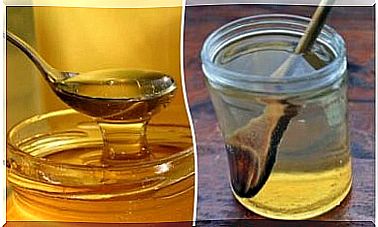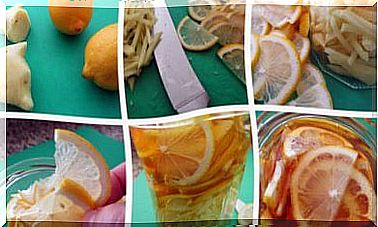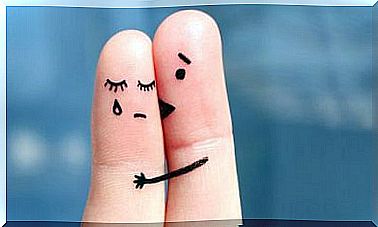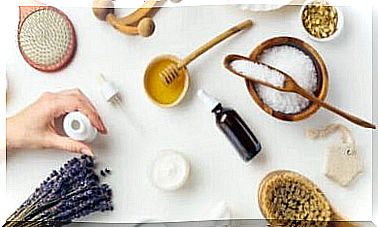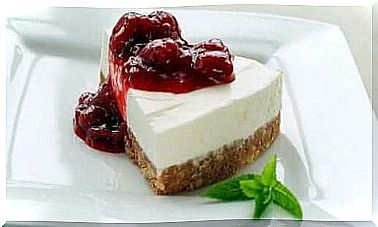Home Remedies For Wasp Stings
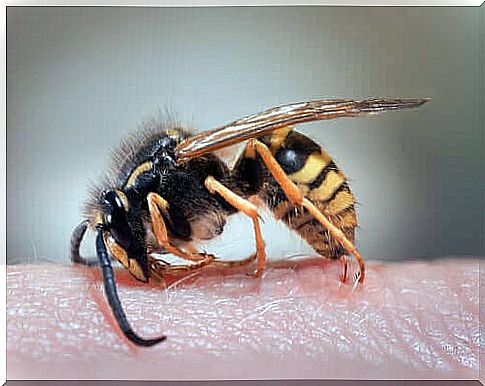
The pain caused by wasp stings usually gets better on its own after a few hours. However, some people need a remedy to soothe it as it can be very uncomfortable. As long as there are no signs of an allergic reaction, it is fortunately something we can easily fix at home.
If you have an allergic reaction to a wasp sting, you should seek medical attention immediately as there is a risk of anaphylactic shock. It is a serious reaction that can cause rash, breathing problems, dizziness and other complications that can lead to death.
Fortunately, this type of reaction is not very common, and most of the time, this discomfort from a wasp sting can be treated naturally with home remedies and basic care. We will tell about some useful means below.
Useful remedies for pain caused by wasp stings
When faced with pain from a wasp sting, it is important to learn how to respond properly. The first thing you should do is check to see if the sting is still under the skin. If it is, then one should take it out very carefully by scraping the skin gently with the edge of a credit card.
Then clean the area with warm water and soap. If you have an antiseptic, it is a good idea to use it. But what can be done about the pain and swelling? After a few minutes, you may experience a burning sensation and pain.
To relieve these symptoms, one can use some remedies with natural ingredients. However, one should keep in mind that they provide temporary relief and are not always effective. Most of them come from popular beliefs and there is not always evidence of their effectiveness in dealing with these symptoms.
Ice packs
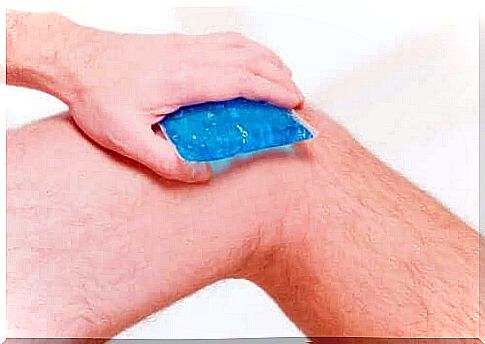
An ice pack is a good solution to reduce the pain caused by wasp stings. You should actually use it on the affected area as soon as you have disinfected it. According to a publication from the Health Library at the University of Rochester , the cold reduces the pain by numbing the affected area of the body. In addition, it helps reduce swelling.
How to use it
- You have two options for making this remedy. The first is to make a hand chain wet with cold water and put it in a zipper bag. Then put it in the freezer for 15 minutes. After that, place it on the affected area.
- Another option that is faster than the first is to wrap some ice cubes in a towel or cloth. One uses it instantly to gently massage the area that has been stung.
Etheric oils
To date, there is no evidence that essential oils are associated with relieving the pain caused by wasp stings. However, many people have used them as sedatives and antiseptics.
According to a study published in Evidence-Based Complementary and Alternative Medicine , some essential oils have antimicrobial properties that reduce the risk of infection.
How to use it
- To start with, one can choose from various options such as tea tree, lavender or rosemary oil, which are known for their antiseptic and antibacterial properties.
- Once you have made your choice, mix one or two drops with half a teaspoon of a base oil such as olive or coconut oil.
- Then rub the mixture on the affected area two or three times a day.
Aloe vera
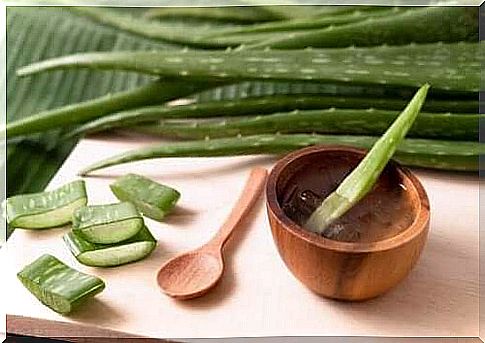
In addition to being a safe ingredient for one’s skin , aloe vera is also a good remedy for reducing inflammation and pain caused by wasp stings.
A study published in the medical journal Pharmacognosy Reviews indicates that aloe vera extract has anti-inflammatory and antibacterial properties. For that reason, it may be helpful for these symptoms.
How to use it
- First, the fresh aloe vera jelly is extracted from the plant. Then rub it on the affected area for two to three minutes.
- It is repeated two or three times a day.
What else can help relieve pain from wasp stings?
In addition to the remedies we have mentioned, one can also use other measures to reduce the pain caused by a sting. According to information from the Mayo Clinic , you can use creams with hydrocortisone or take antihistamines. Both options will reduce redness and itching.
Cream with calamine and non-steroidal over-the-counter anti-inflammatory drugs (NSAIDs) are also good options. If you are taking NSAIDs, be sure to follow your doctor’s or pharmacist’s instructions. In any case, if the symptoms do not get better or worse, it is best to seek medical attention.
